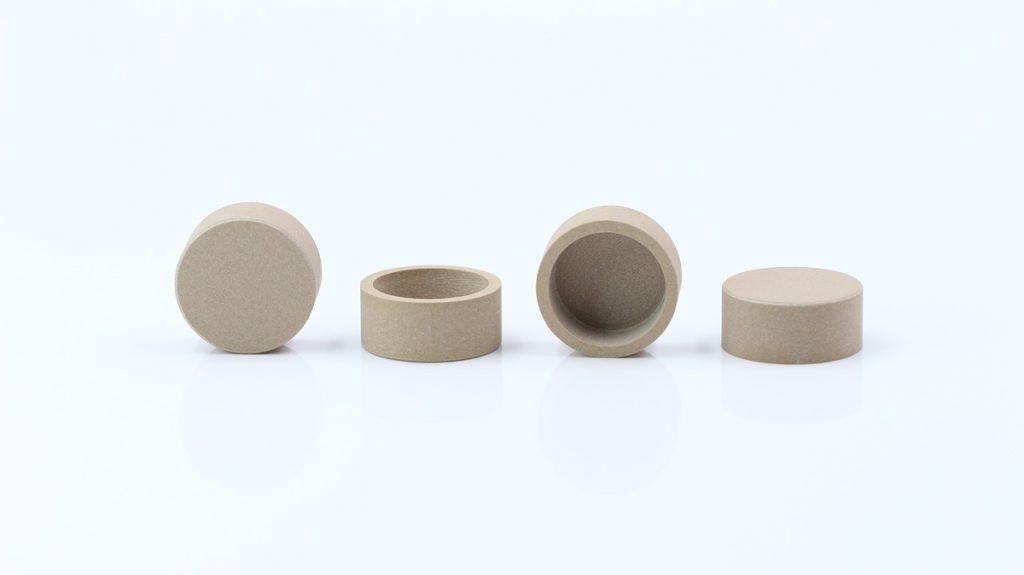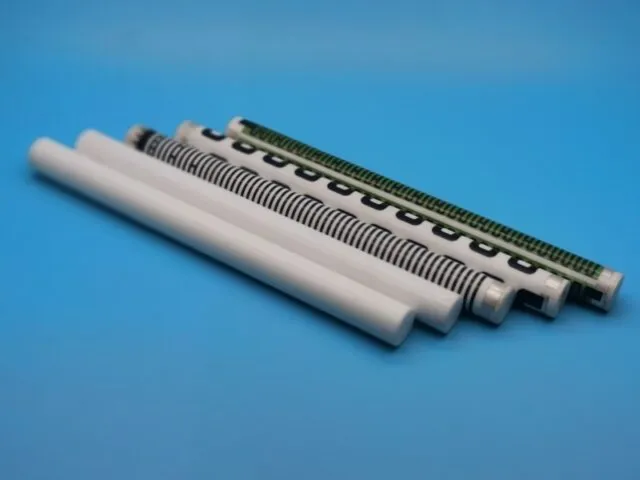Microporous ceramics are specialized ceramic materials characterized by numerous micro- or sub-micron-sized pores, distributed either on the surface or within the ceramic body. These functional structural ceramics exhibit properties such as adsorption, permeability, corrosion resistance, environmental compatibility, and biocompatibility. Owing to these characteristics, they are widely applied in the filtration of liquids and gases, as well as in the immobilization of biological materials. They also serve as enzyme carriers and bio-compatible supports, finding increasing use in environmental engineering, particularly in the treatment of industrial and domestic water, as well as in sewage purification.
With the continued advancement of science, technology, and industrial processes, the challenges of energy conservation, resource management, and pollution control have become more pressing. Rapid progress in high-tech industries such as biotechnology, fine chemicals, and energy materials has raised the bar for research and development in liquid–solid separation, high-precision micropore filtration, and filtration systems that deliver both high separation efficiency and operational stability. As a result, microporous ceramic filtration technologies are attracting growing attention worldwide.

Microporous ceramics
Features of Microporous Ceramic Filter Tubes
- Unique pore structure – The filter tube contains countless interconnected micropores with fine, curved channels. This structure enhances penetration and capillary action, while solid particles tend to form stable “arch bridges” within the pores, minimizing any reduction in filtration rate.
- Durability and safety – These tubes demonstrate excellent resistance to high temperatures and corrosion, maintain structural stability without deformation, and are free of harmful leachates, thereby avoiding secondary pollution. They are easy to clean, highly regenerative, and designed for long service life.
- Ease of regeneration – Typically, backflushing once every three months is sufficient. A simple rinse with water or compressed air after sediment accumulation restores the filter tube to its original condition, ensuring continuous usability.
- Broad industrial use – Microporous filter tubes are widely adopted in refining, chemical processing, synthetic rubber manufacturing, textiles, pharmaceuticals, and food production.
Broad Application Potential
Thanks to their high porosity, low resistance to airflow, customizable pore size, and ability to withstand extreme conditions, microporous ceramic materials are gaining a strong foothold across many sectors. Ceramic microfiltration technologies and filtration devices built with these materials effectively address some of the toughest challenges in filtration, including exposure to high temperatures, high pressures, strong acids, alkalis, and chemical solvents. They deliver high filtration accuracy, consistent cleanliness, easy maintenance, and extended service life.
Today, filtration ceramics are widely used in petroleum, chemical engineering, pharmaceuticals, food processing, environmental protection, and water treatment. Their durability and resistance to heat and corrosion make them indispensable in the filtration and separation of domestic sewage, industrial wastewater, and exhaust gases. In particular, they play a critical role in the treatment of high-temperature flue gases, enabling the separation of carbon dioxide, nitrogen oxides, sulfur dioxide, and other pollutants.



